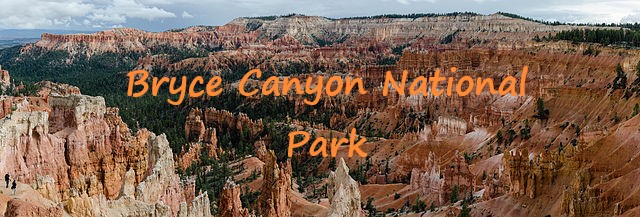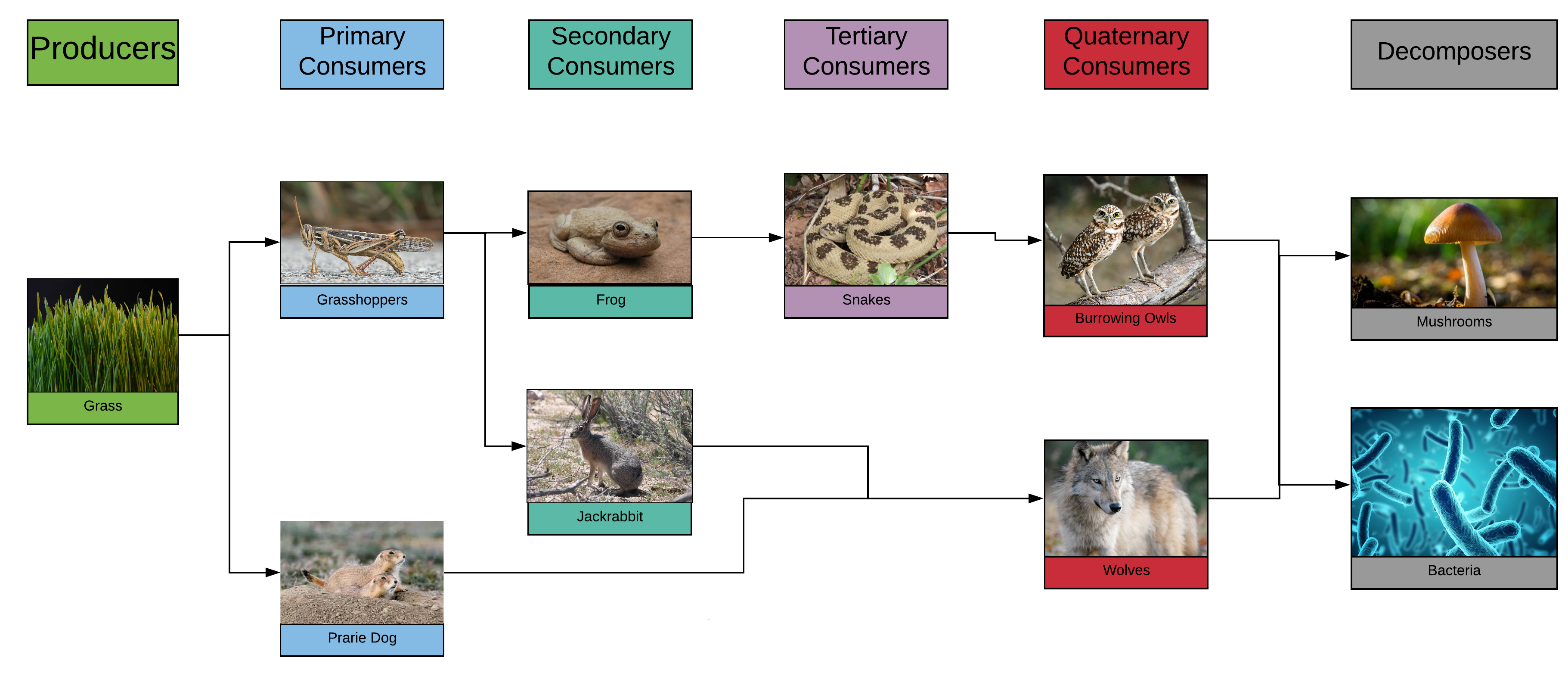
Biotic Factors

Decomposers
|
Consumers
- Jackrabbits
- Frogs
- Grasshoppers
- Burrowing Owls
- Snakes
- Wolves
|
Producers
|
Symbiotic Relationships
Symbiosis is close interactions between two or more different species. It is different from regular interactions between species, because in a symbiotic relationship, the two species in the relationship live together. There are three diferent types of symbiotic relationships which are mutualsim, commensalism, and parasitism. Mutualism is a relationship where both organisms are helped and benefit from the relationship. Commensalism is a relationship where one organisms benefits and one is neither harmed nor helped. Lastly, parasitism is a relationship where one organism, the parasite, lives on/in another organism, the host, causing the host to be harmed and the parasite to be benefited. One of these symbiotic relationships shown in Bryce Canyon's ecosystem is commensalism. This is shown when a rattlesnake uses a prarie dogs old burrowing hole. This doesn't hurt the prarie dog becuase it doesn't use that burrowing hole anymore and it gives the snake a place to live which benefits the snake by keeping it safe from the elements and unlikely predators.


